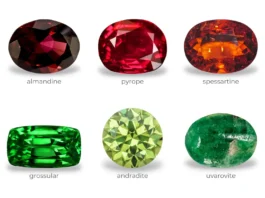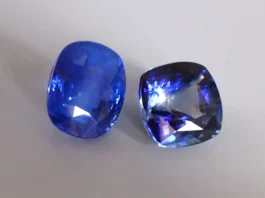Gold mining has been a cornerstone of human economic activity for centuries, with civilizations throughout history coveting this precious metal for its beauty, rarity, and value. As technology and exploration techniques have evolved, massive gold mines have been discovered and developed around the world. These mining operations represent a blend of ingenuity, engineering prowess, and environmental responsibility, often transforming remote landscapes into bustling centers of resource extraction. In this introduction, we’ll delve into the ten largest gold mines on the planet, exploring their geographical locations, ownership, production methods, and broader economic significance.
Contents
10. Boddington (Australia)

The Boddington mine is located in the Saddleback Greenstone Belt, which is associated with Archean volcanic and sedimentary rocks. The deposit includes both open-pit and underground mining and involves processing of oxide and refractory gold ores.
9. Lihir (Papua New Guinea)

The Lihir deposit is associated with a large alkaline volcanic caldera. Alkaline volcanic environments can create favorable conditions for gold mineralization due to the presence of magmatic fluids rich in gold and other minerals.
8. Cortez (USA)

The Cortez mine complex in Nevada includes Carlin-type gold deposits. These deposits are often hosted in sedimentary rocks and are renowned for their refractory gold ores, which require specialized processing techniques.
7. Pueblo Viejo (Dominican Republic)

The Pueblo Viejo deposit is a high-sulfidation epithermal gold deposit. These deposits form in volcanic environments and are characterized by the presence of sulfide minerals and alteration assemblages.
6. Olimpiada (Russia)

The Olimpiada mine is situated in the Russian Siberian Craton and is associated with a variety of gold deposit types, including both orogenic and intrusion-related deposits. The Siberian Craton has a long history of geological activity, contributing to the formation of diverse mineral deposits.
5. Super Pit (Australia)

The Super Pit in Western Australia is an example of a large, open-pit gold mine. The deposit is associated with Archean greenstone belts, which are ancient volcanic and sedimentary rock sequences that often host gold mineralization.
4. Yanacocha (Peru)

The Yanacocha mine is located in the Andes and is associated with epithermal gold-silver deposits. Epithermal deposits form near the Earth’s surface and are influenced by hot, mineral-rich fluids that migrate from deeper sources. These deposits often have complex mineral assemblages.
3. Carlin Trend (USA)

The Carlin Trend in Nevada is famous for its Carlin-type gold deposits. These deposits are often found in sedimentary rock formations and are characterized by micron-sized gold particles dispersed throughout the rock. The gold is usually associated with specific minerals like pyrite and arsenopyrite.
2. Muruntau (Uzbekistan)

The Muruntau deposit is a classic example of an orogenic gold deposit, formed through the geological processes of mountain-building. Orogenic gold deposits are often found in ancient, deformed rocks and are characterized by the deposition of gold along faults and fractures as fluids circulate through the Earth’s crust.
1. Grasberg (Indonesia)

Grasberg is a massive copper and gold deposit located in the remote highlands of Papua. The deposit is associated with a porphyry copper-gold system, which typically forms in volcanic environments. These systems result from the intrusion of magma into the Earth’s crust, leading to the formation of mineral-rich fluids that can deposit gold and copper minerals as they cool.






